17. Le Septième Juré (1962)
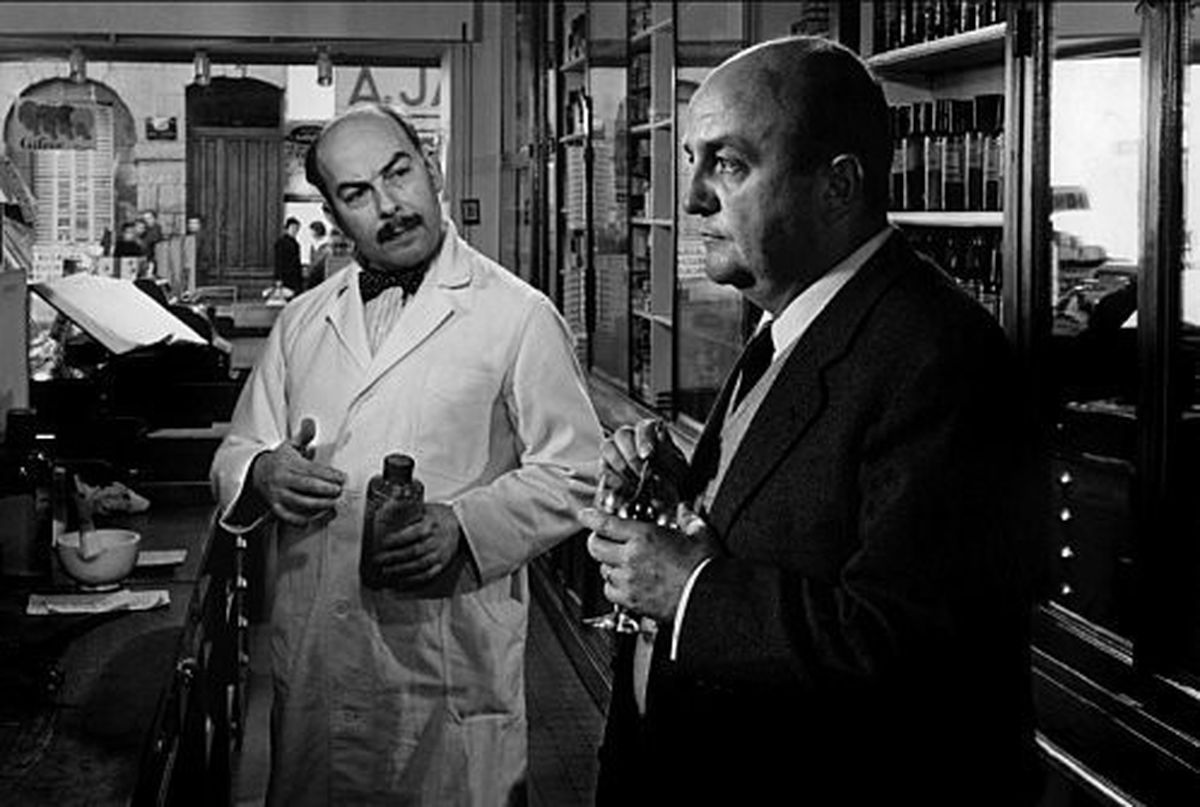
Directed by Georges Lautner in 1962 Le Septième Juré’s protagonist is the once respectable pharmacist named Grégoire Duval, who in an impulse murders a young woman and acts as if nothing happened when the girl’s boyfriend is imprisoned and wrongly accused of committing the deed. Only later once Monsieur Duval becomes a juror in the trial of the wrongly accused boyfriend does his conscience starts to weight and argue against himself.
18. Le Doulos (1962)
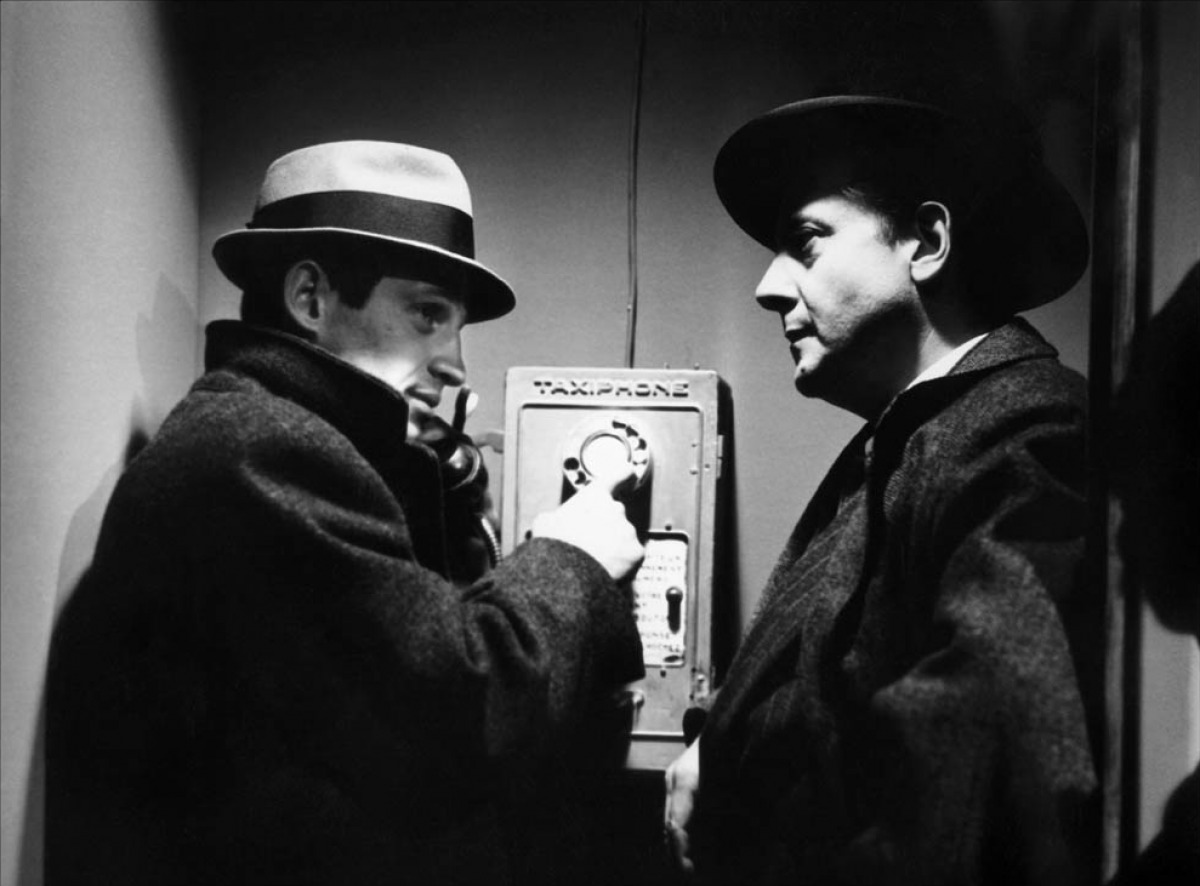
The second of a series of Jean-Pierre Melville directed films featured in this list, Le Doulos focus on a small time criminal named Maurice Faugel who in the days following his release from prison murders a man who was a receiver from a heist’s profits. Keeping the loot for himself, Faugel plans yet another movement – another robbery. However, this time a small detail will dictate the end of Faugel’s luck, someone he trusts is rumoured and in fact is a police informer.
In 1964, Bosley Crowther wrote: “(…) the picture, which is one of those feeble attempts to be philosophical and mordant about crime as a chosen career. Jean-Pierre Melville, who wrote and directed it, has so many scenes of mere conversation running through it—so many scenes in which plot is played in talk—that one wonders why his people need firearms. They can talk one another to death. What’s more, it is so extremely plotted—so cluttered with cops’ and criminals’ names and references to robberies that have happened but still are somehow pertinent—that the viewer who tries to follow is bound to get lost in a maze of underworld byways and in-talk that saps one’s interest and strength.”
19. Compartiment Tueurs (1965)
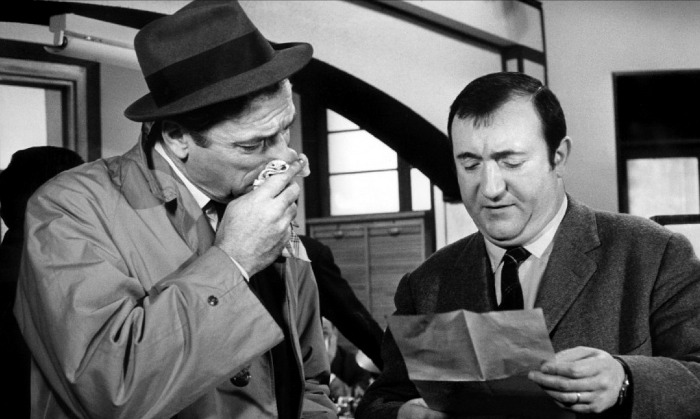
As Jean-Luc Godard directed Alphaville (also noir influenced) and Pierrot Le Fou and as in America Sound of Music casted a great impression in audiences, director Costa-Gravas released his first feature film: Compartiment Tueurs.
Titled in English The Sleeping Car Murders, the film follows the path of six people who travel in a train carriage from Marseilles to Paris. As they arrive to their surprised a woman is found dead in a compartment and an investigation commences immediately dictating the rise of suspicion among the six travellers who suspect that among them is the real killer.
20. Le deuxième souffle (1966)
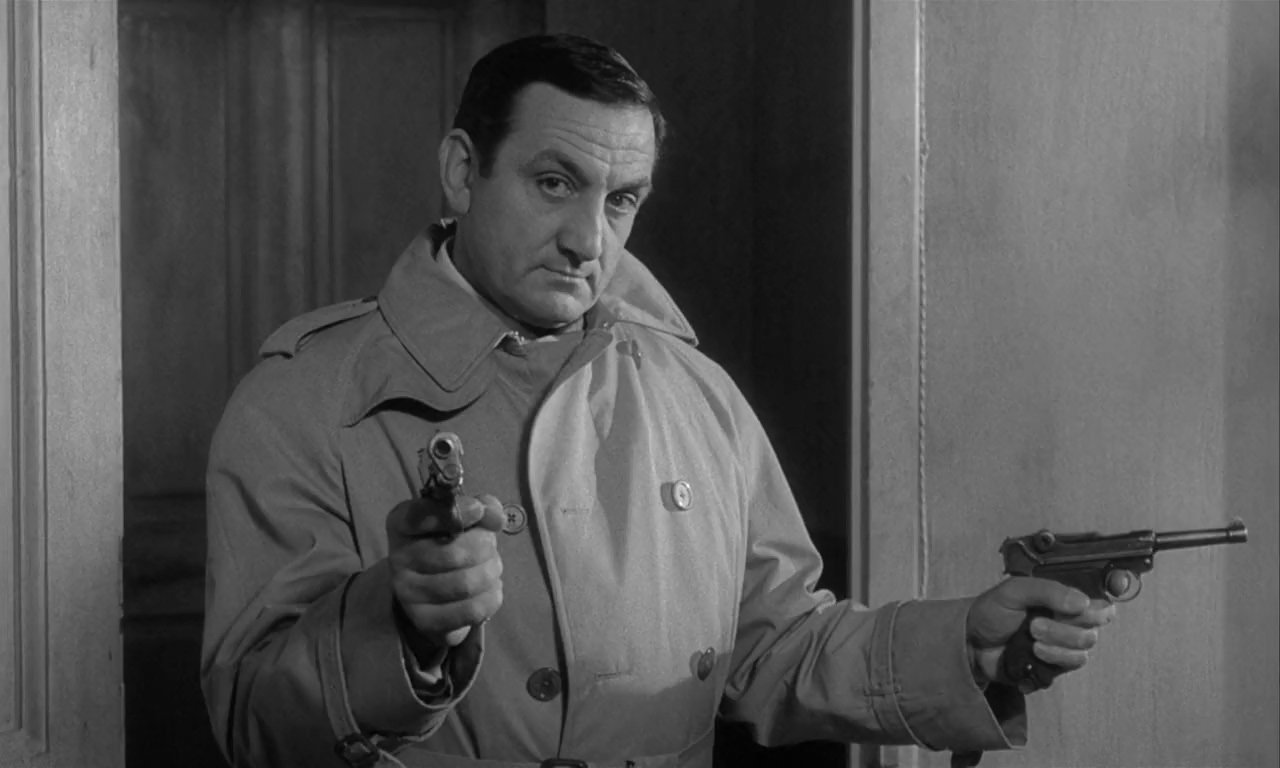
In 1966 Jean-Pierre Melville and Lino Ventura return to French screens in Le deuxième souffle, a film remembered for its great use of the many noir elements, as well as, for its opening sequence described in an issue of the New Yorker: (…) a jail break, which Melville films with an extraordinary abstraction. There’s a deadly detail in the sequence that’s worth calling attention to here: the two convicts who manage to escape prison alive run through underbrush along a train track and, when a freight train chugs slowly by, they run to jump aboard and take refuge in an empty car. The sides of the cars, however, all bear a surprising mark—Stars of David, a reminiscence of the fact that French national railway trains (and those who worked, whether as conductors or administrators, on the railroad) were employed, during the Second World War, in the transport of Jews (and other prisoners, whether persecuted for race or politics) from France to concentration camps.”
The jail break described before is leaded by Gustave Minda, a gangster who manages to arrive in Paris and there participate in a violent shooting. After that Gustave sees his financial capacities diminished and decides to participate in one last heist.
21. Le Samouraï (1967)
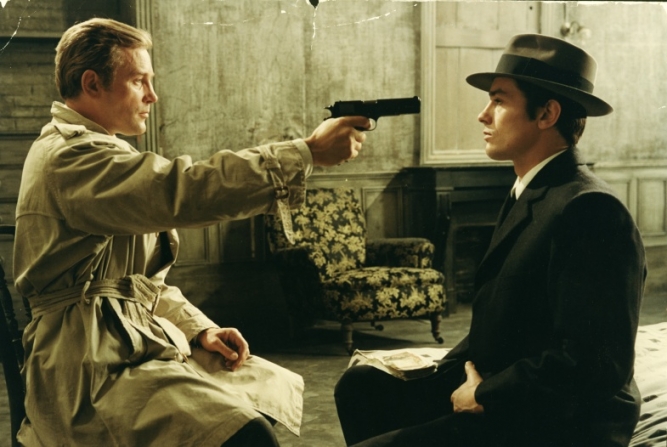
Loner Jef Costello is a methodical hitman whose costumes include involving his girlfriend Jane in his businesses because of her handiness in providing alibis for him. However, the trouble doesn’t begin with several mixed-up witnesses who aren’t sure of having or not having seeing him running away from a crime scene, Jef’s trouble begins once an investigating officer becomes convinced that Jef was indeed the man who committed not only that crime he is now investigating but also numerous previously offenses.
This is the main plot of Le Samouraï, perhaps Jean-Pierre Melville’s best known film but undoubtedly one of the most acclaimed crime films of all time.
22. L’armée des ombres (1969)
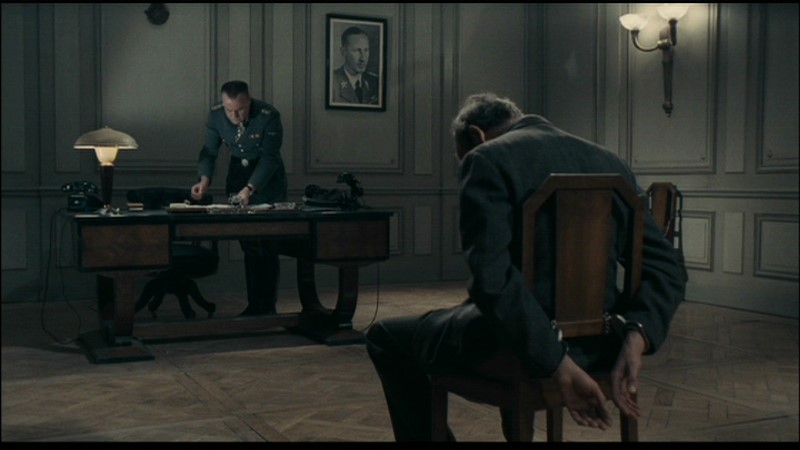
Titled in English Army of Shadows, its director Jean-Pierre Melville eleventh film and in the words of film critic Roger Ebert is a film “about members of the French Resistance who persist in the face of despair. Rarely has a film shown so truly that place in the heart where hope lives with fatalism. It is not a film about daring raids and exploding trains, but about cold, hungry, desperate men and women who move invisibly through the Nazi occupation of France. Their army is indeed made of shadows: They use false names, they have no addresses, they can be betrayed in an instant by a traitor or an accident. They know they will probably die.” And most importantly this film reflects one of the major qualities of noir films “This is not a war film. It is about a state of mind.”
As noir films, regardless of plot and respecting all the sub-genre’s elements and codes, above all the film had to bound before an idea – that of being disenchanted with the world.
23. Un Flic (1972)
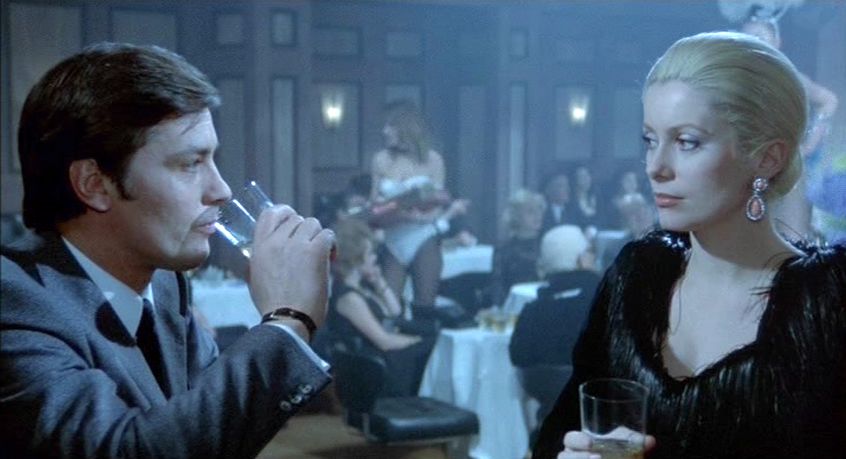
At last, another film by Jean-Pierre Melville, his final film – Un Flic (1972). Once more starring Alain Delon, the film starts with a bank robbery in a small French town, Saint Jean de Monts. Only this time Delon instead of playing the seductive criminal portrays a detective named Edouard Coleman who is in charged with finding the men responsible for the heist.
This neo-noir film that quotes celebrated French criminal Eugène François Vidocq – “The only feelings mankind has ever inspired in policemen are those of indifference and derision.” – is the last of the series of great crime films made by Jean-Pierre Melville, films that combine the essence of a disenchanted reality with extreme stylization that can be traced back to American film noirs with pictures like “The Stranger on the Third Floor”, to German expressionist films and prior before that early Scandinavian films which shows the need of man in film, that of always inventing or reinventing new forms of delivering us audience, reality.